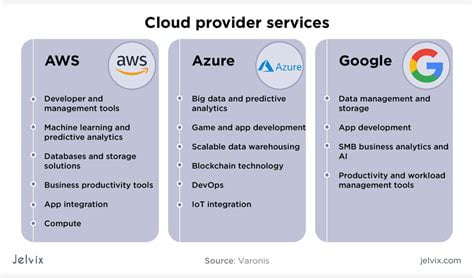Big O notation is a mathematical expression used to describe the time complexity of algorithms. In Data Structure, Big O is an essential concept that helps programmers to determine the efficiency of algorithms. Understanding Big O is crucial in optimizing code performance.
What is Big O?
Big O notation is used to measure the efficiency of algorithms. It describes how an algorithm’s performance changes when the input data increases. It helps in determining how much time an algorithm takes to execute and how much memory it needs when the input data increases.
Why is Big O important in Data Structure?
Big O helps programmers to understand the efficiency of algorithms. When working with large datasets, the efficiency of algorithms can make a significant difference in the application’s performance. The knowledge of Big O helps in choosing the right algorithm for specific tasks and optimizing the code performance.
How to calculate Big O?
The Big O notation is calculated based on the number of operations an algorithm performs concerning the input data. It considers the worst-case scenario, meaning the algorithm’s performance is measured based on the maximum number of operations it performs.
What are the different types of Big O?
The most common types of Big O are O(1), O(log n), O(n), O(n^2), O(n^3), and O(2^n).
What is the significance of O(1)?
O(1) is the most efficient Big O notation, indicating that the algorithm takes constant time to execute regardless of the input data size. It means that the algorithm can process data in real-time and is ideal for applications that require quick responses.
How to optimize code using Big O?
Understanding Big O helps in optimizing code performance by choosing the most efficient algorithm for a specific task. It is essential to analyze the application’s requirements and the input data size to choose the right algorithm.
What is the worst-case scenario in Big O?
The worst-case scenario is the maximum amount of time an algorithm takes to execute when handling the largest input data.
What is the best-case scenario in Big O?
The best-case scenario is the minimum amount of time an algorithm takes to execute when handling the smallest input data.
What is the difference between Big O and Big Omega?
Big O describes the upper bound of an algorithm’s performance, while Big Omega describes the lower bound.
Can Big O be negative?
No, Big O cannot be negative since it calculates the number of operations an algorithm performs and the time it takes to execute.
What is the significance of O(n log n)?
O(n log n) is an efficient Big O notation used in algorithms that require sorting or searching. It is commonly used in merge-sort and quick-sort algorithms.
What is the significance of O(n^2)?
O(n^2) is an inefficient Big O notation that indicates an algorithm’s performance increases exponentially when the input data increases. It is commonly used in nested loops algorithms.
What is the difference between time and space complexity in Big O?
Time complexity describes the amount of time an algorithm takes to execute, while space complexity describes the amount of memory an algorithm needs to execute.
Can Big O change during the runtime?
No, Big O remains constant once defined since it describes the algorithm’s performance in the worst-case scenario.
Pros
Big O helps in understanding the efficiency of algorithms and optimizing code performance. It helps programmers to choose the right algorithm for specific tasks and ensure the application’s scalability.
Tips
1. Always analyze the input data size before choosing an algorithm.
2. Choose the most efficient algorithm for a specific task.
3. Optimize the code performance by minimizing the number of operations an algorithm performs.
4. Use Big O to determine the application’s scalability.
Summary
Big O notation is a mathematical expression used to describe the time complexity of algorithms. It helps programmers to understand the efficiency of algorithms and optimize code performance. Big O considers the worst-case scenario and is calculated based on the number of operations an algorithm performs concerning the input data. Understanding Big O is crucial in choosing the right algorithm for specific tasks and ensuring the application’s scalability.
 Eltupe Technology And Software Updates
Eltupe Technology And Software Updates



